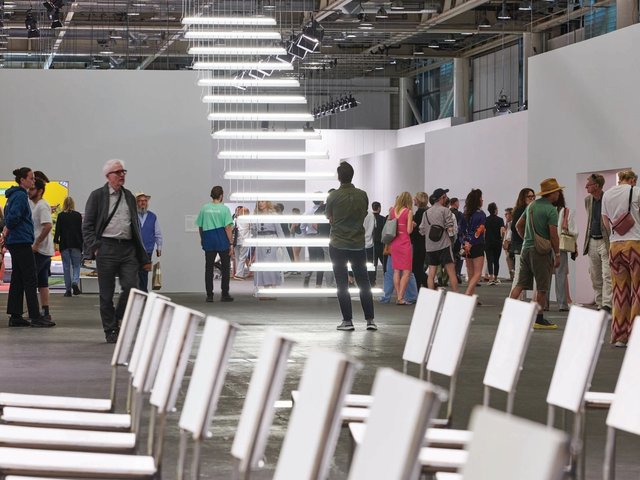The art market has not had an easy year. Auction houses have adjusted their strategies while buyers are shying away from speculation and looking for secure investments. Meanwhile, online art trading platforms are pushing for a bigger share of the market. Here are the top trends and stories of the year.
Sales slump
Sales totals were markedly down on last year, when auctions fetched sky-high results that many in the trade saw as unsustainable. Turbulent financial markets, a fall in oil prices and political instability in the Middle East, Europe and the US meant consigners grew more cautious, selling only if they had to. The houses responded by raising their commissions and structures to increase margins and squeeze more profit out of the middle and high-end market, while Christie’s and Sotheby’s cut back on guarantees, which is an effective but costly tool for securing star lots. Large numbers of staff at both firms either resigned or were let go. Bucking the trend, Phillips upped its use of guarantees and went on a hiring spree. The successful November sales in New York, however, have given the trade an all-round confidence boost.
Big changes at Sotheby’s
Sotheby’s made headlines throughout the year. In a deal that rocked the commercial art world, the company bought Art Agency Partners (AAP), the art consultancy run by former Christie’s staffer Amy Cappellazzo along with Adam Chinn and Allan Schwartzman, for $85m. As well as acquiring an address book full of potential new clients, the move signalled the auction house’s increasing interest in offering a wider range of services, including consultancy and brokering. In July, China’s biggest life insurance company, Chen Dongsheng, bought a 13.5% stake in Sotheby’s, making it the largest single shareholder in the company.
Toll of Brexit and terror
While the market is often thought to be insulated from outside events, such as the financial crisis of 2008, this year it wasn’t. The UK’s vote in June to leave has resulted in uncertainty over a number of issues, including future import taxes, VAT and artist resale rights. Meanwhile, attendance at major fairs, such as Art Brussels and Tefaf, was noticeably down because many American collectors opted to stay at home following a wave of terrorist attacks in mainland Europe. The inauguration of Tefaf New York and an increasingly saturated global fair calendar have forced European fairs and galleries to work double time to secure business. The effects of Donald Trump’s shock US election win are yet to be
calculated.
The online debate
Much touted data from the Hiscox online art report painted a rosy picture for the online trade, which reportedly grew by 24% to $3.3bn in 2015. However, the proliferation of fairs and art events (including global ventures in cities such as Buenos Aires by Art Basel’s parent group MCH) and the seemingly unstoppable expansion of blue-chip galleries (think Hauser Wirth & Schimmel in Los Angeles, or Almine Rech in London, for example) suggest there are limitations to the online model that enthusiasts are unwilling to talk about. After all, the art world remains a market driven by experience and people.
The great estates race
Art buyers felt less bullish this year. Many have shied away from buying works by young and trendy artists whose prices often faltered at the first sign of trouble in the market. Exchanging wild returns for a greater measure of stability, buyers have turned their attention towards historical, if sometimes (though not always) undervalued artists. Sensing this change, galleries have seized the opportunity and started a race to secure lucrative artist estates. Recent acquisitions include the Arshile Gorky estate, now with Hauser & Wirth, and the works of Lee Krasner, now with Paul Kasmin Gallery.


